Blanching vegetables preserves their color, texture, and vitamins by halting enzymatic destruction of nutrients. But not all vegetables benefit from blanching. Learn which vegetables require this pretreatment before freezing, drying, or freeze drying and which vegetables can go straight to the processing step.
Last night Mr. Joybilee cooked dinner — steak, corn on the cob from last summer, salad from the garden, and a baked potato with herbed butter. The corn we had for dinner was as sweet and tender as it was when it was freshly picked. The secret to this fresh corn taste after a year in the freezer, is blanching.
Some people wrote me asking about blanching and why it’s a necessary step before freezing or drying some vegetables for food preservation.
Natural enzymes can spoil the food if they aren’t stopped
After vegetables are picked the natural enzymes in them make them lose color, and flavor. These enzymes convert the sugars in the vegetables into starch, making them tough and tasteless. Blanching vegetables stops the enzymatic action that breaks down their carbohydrates. It allows vegetables to maintain their color, texture, taste, and vitamins while in storage for up to a year, or even longer with ideal storage conditions.
You might have had corn or peas from the grocery store that were tough, bland, and almost unpalatable. While some of the newer super sweet varieties of corn retain their sweet taste and soft texture with long term refrigeration, the old fashioned open pollinated corn, toughens as the sugars in the corn get starchy in storage. Blanching stops this process, so that the corn you pick today and put in the freezer, still tastes as sweet and fresh as when you picked it.
Other vegetables also benefit from blanching to preserve flavor and texture. Peas, beans, and leafy greens all benefit from blanching. Cruciferous vegetables, and squash also fare better when blanched before freezing or drying. There is no need to blanch vegetables for canning. The canning process stops the enzymatic actions.
Learn more about dehydrating or drying vegetables for long term storage here.
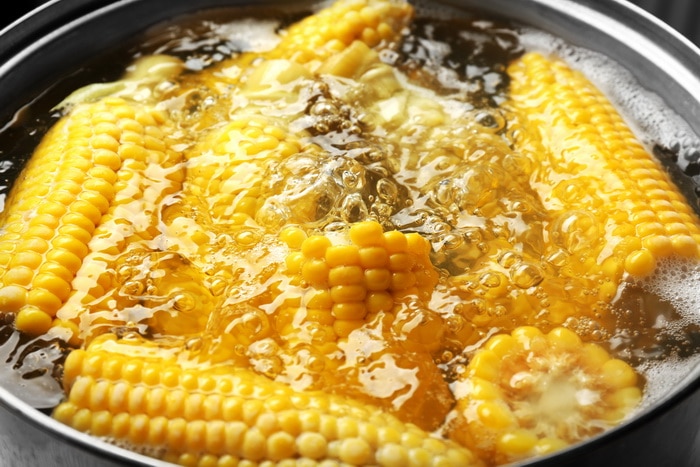
Blanching vegetables step by step
Blanching vegetables is done by heating the clean and prepared vegetable in either boiling water or steam for a few minutes. The actual time varies with each vegetable, based on the density. Once the blanching time is completed the vegetable is immediately plunged into cold water to stop the cooking process. See the list below to determine how long to blanch each type of vegetable.
Blanching should not be done in the microwave as it is difficult to gauge the correct depth of heat treatment in microwaved food. Some spots may be overcooked while other spots are under cooked with microwaving.
- Bring a 4 quart/liter pot to a full, rolling boil over medium heat.
- Using a wire basket, lower 1 pound of washed and prepared vegetables into the boiling water. Leave for the specified time for each vegetable.
- Remove from boiling water and dip into ice water to cool it quickly. Replace ice water often, as it warms up.
- Spread food on a clean towel to dry.
- Proceed with your planned method of food preservation.
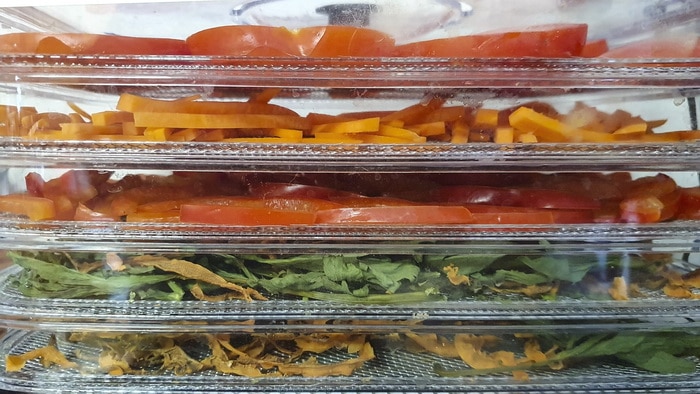
Blanching times for vegetables
Blanching time depends on the texture and density of the vegetable so each type of vegetable has its own blanching requirements. Use the list below to determine how long each vegetable requires a blanching heat treatment for. You may notice a color change in the vegetable when blanching is completed. For instance purple string beans turn green, after blanching. Broccoli turns a bright green color after blanching. Once the color change occurs, blanching is complete.
Asparagus — 2 to 4 minutes depending on the thickness of the stock.
Snap beans — 3 minutes
Beets – Boil 25 to 30 minutes to cook fully. Slip the skins before processing. The skins give beets a muddy flavor, if left on.
Carrots — Blanch 2 to 5 minutes, depending on thickness.
Corn, sweet — Blanch 4 minutes on the cob or 2 minutes after removing from the cob. Corn frozen in the husk, after desilking, does not need to be blanched first.
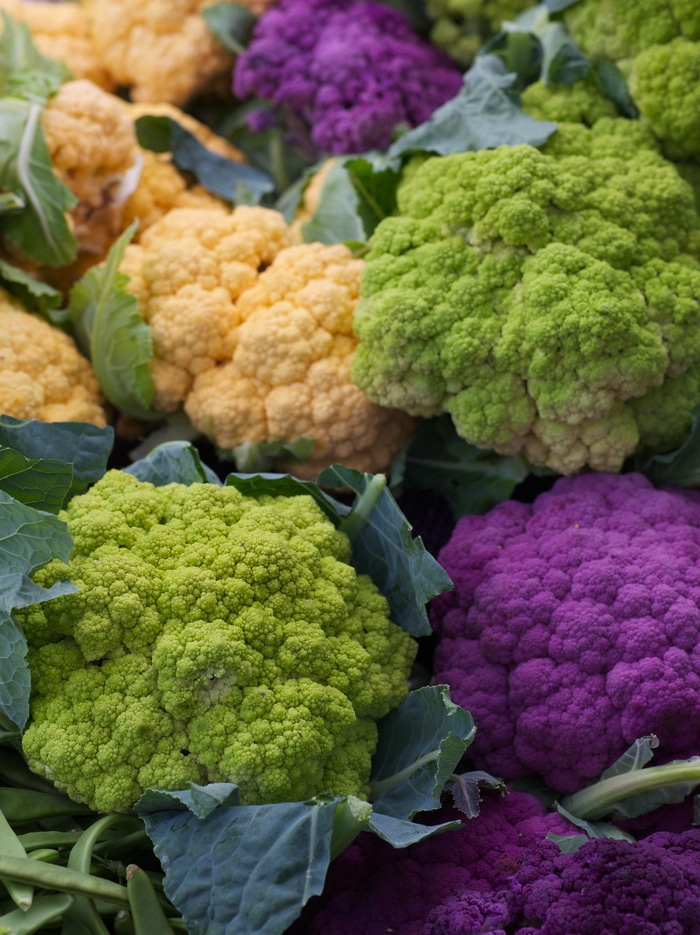
Cruciferous Vegetables — Broccoli, kale, cauliflower, cabbage and other cruciferous vegetables benefit from blanching. Blanche till color deepens or changes to bright green usually 2 to 4 minutes.
Kohlrabi — Blanch cubes for 1 minute or whole for 3 minutes.
Eggplant — Blanch in steam for 2 minutes for small dices or up to 5 minutes for thick slices.
Green leafy Vegetables — Chard, spinach, and other leafy greens should be blanched in boiling water for 2 minutes. Plunge into cold water to stop process. Drain. Proceed with freezing or drying.
Horseradish — No blanching is necessary.
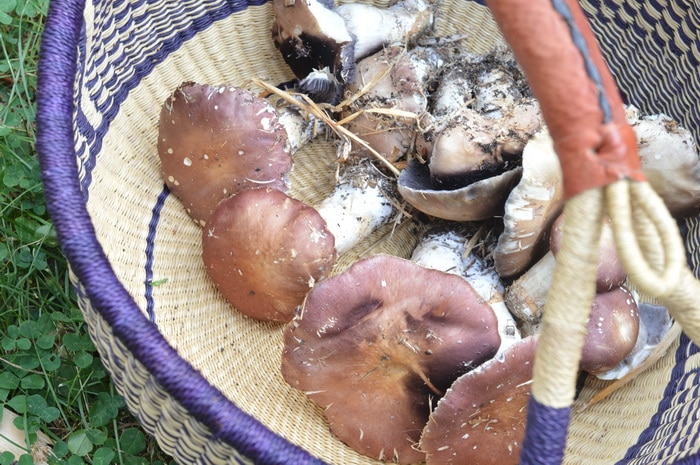
Mushrooms — No pretreatment is necessary.
Onions, and garlic — no pre treatment necessary. These can go directly into the freezer, dehydrator, or freeze dryer without blanching.
Okra — Blanch 3 to 4 minutes.
Parsnips – Treat like carrots. Blanch 2 to 5 minutes, depending on thickness.
Peas — Blanch 1 to 2 minutes.
Peppers, sweet or hot — No need to blanch.
Potatoes, Irish — Blanch for 5 minutes. Soak in lemon juice (1/2 cup lemon juice plus 8 cups of cold water) to prevent browning.
Potatoes, Sweet — precook fully before processing.
Pumpkin, winter squash, Zucchini, summer squash – Blanching preserves sugars and textures. Keeps fruit firmer in storage. Winter squash stored in cold storage doesn’t need any treatments. Only use blanching if you plan to freeze or dry squash. Blanch zucchini and summer squash for 3 minutes. Precook pumpkin or winter squash fully before processing.
When making “chips” from zucchini or summer squash, the vegetable is not normally blanched. Chips are intended for short term storage only.
See this post on making zucchini chips in your dehydrator
Tomatoes — Blanche to remove skin, usually no more than one minute for ripe tomatoes. Blanching not necessary if drying or freezing with skins on.
Rhubarb — blanching not necessary
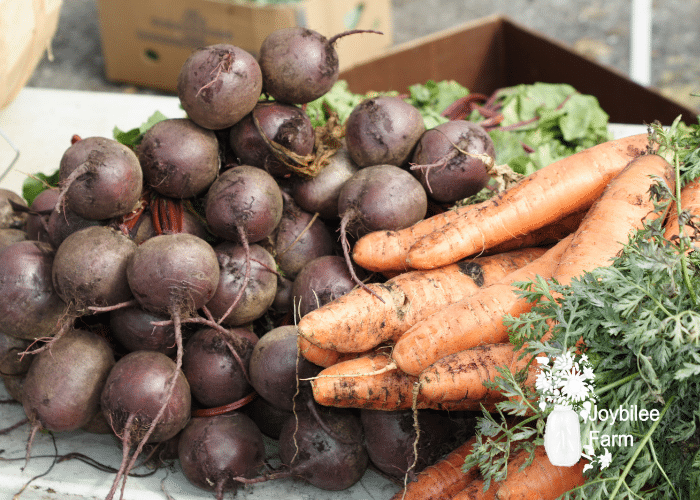
Peaches are the exception in fruit
Like tomatoes, peaches benefit from blanching to remove the fuzzy skin before canning, freezing, drying, or freeze drying. Generally peaches are blanched for one minute, just long enough to slip the skin, but not long enough to cook the peach. Once the fuzzy skin is removed peaches can be processed in any way that preserves them for long term storage.
Blanch your veggies before freezing, drying, or freeze drying
Blanching vegetables is an essential step in food preservation to ensure that your produce retains its color, texture, vitamins and flavor during storage. Don’t skip this essential step when you preserve vegetables at home. Blanching vegetables is unnecessary if you intend to can or pressure can your food, though tomatoes are usually blanched to remove their skin before canning. The heat of the canning process will stop the enzymatic actions that lead to food spoilage. Blanching vegetables is necessary for most foods that are preserved by freezing, drying, or freeze drying.


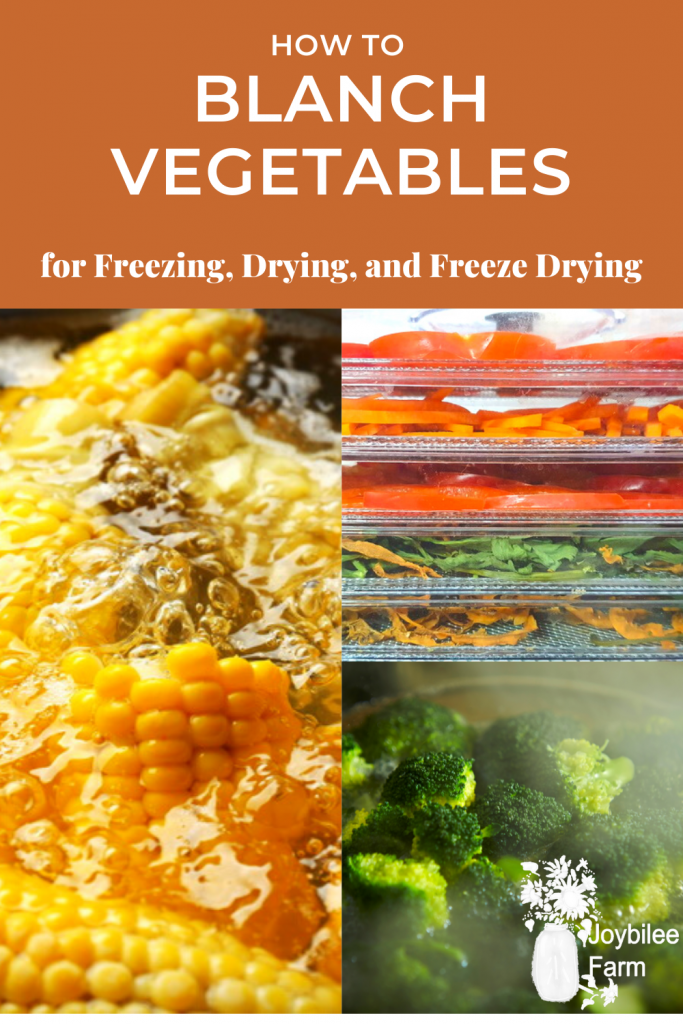

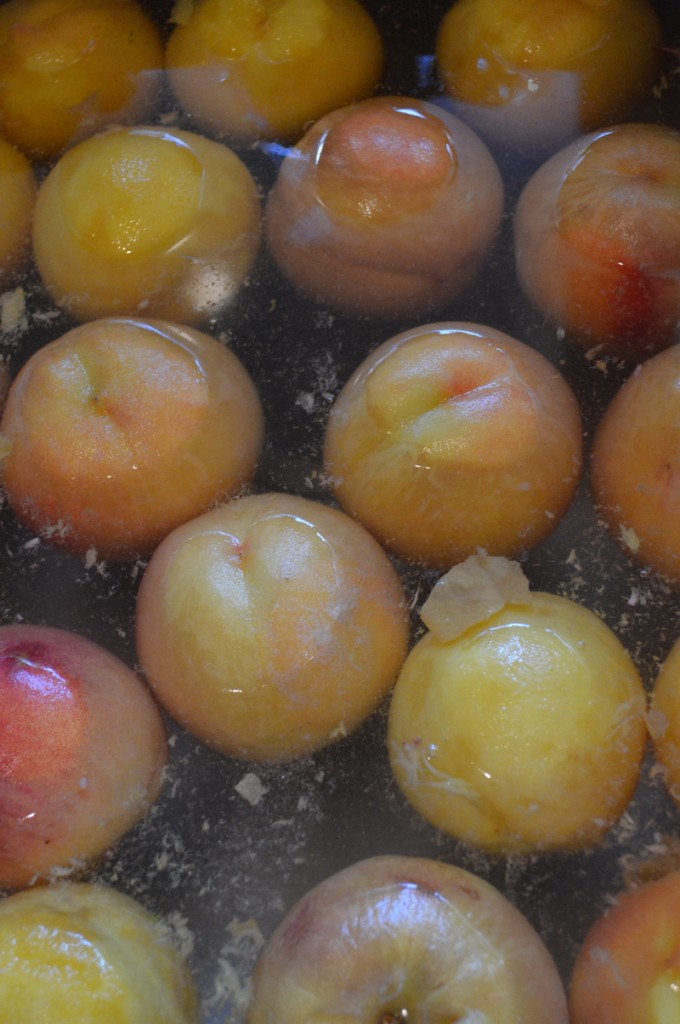

You could do either. Blanching them retains the color and flavor in storage.
I have sweet potatoes and am wanting to freeze them I have a foodsaver that I was going to use for freezing my sweet potatoes. I was going to steam them in a strainer like double boiler, or should I roast them instead? I was going to peel the skin off them first. Thank you